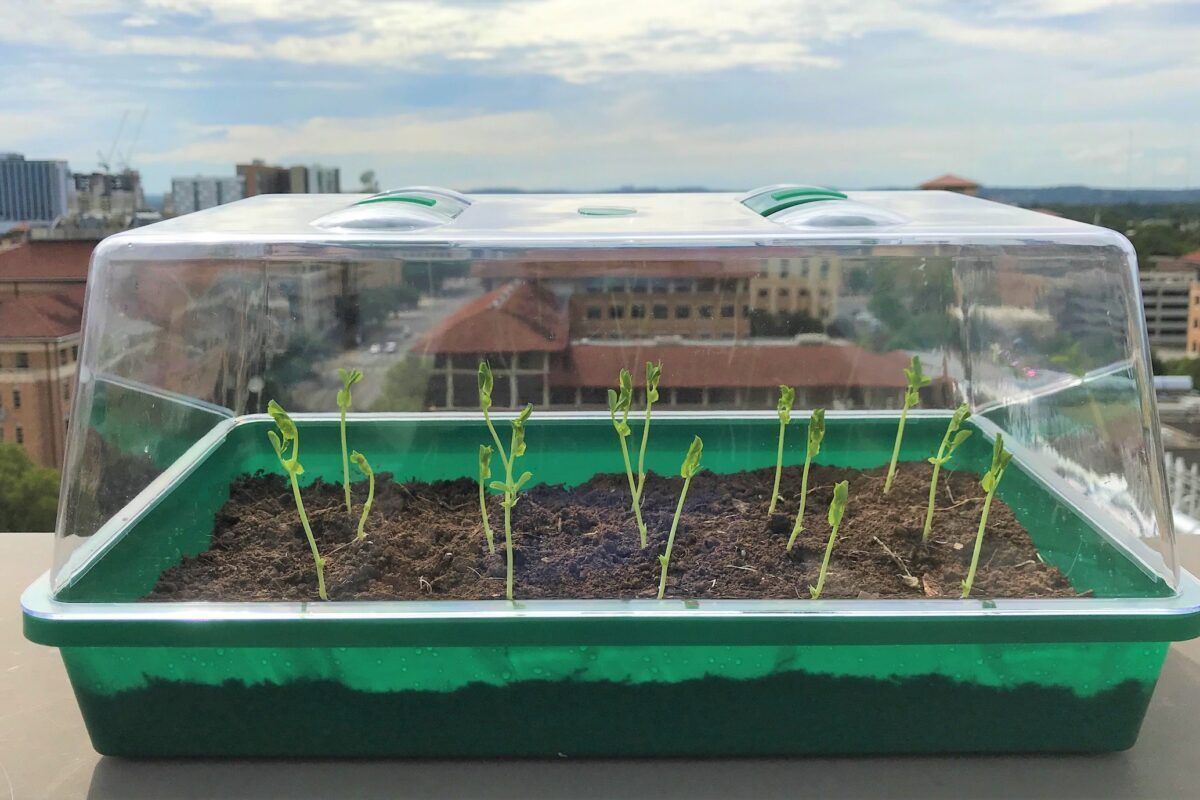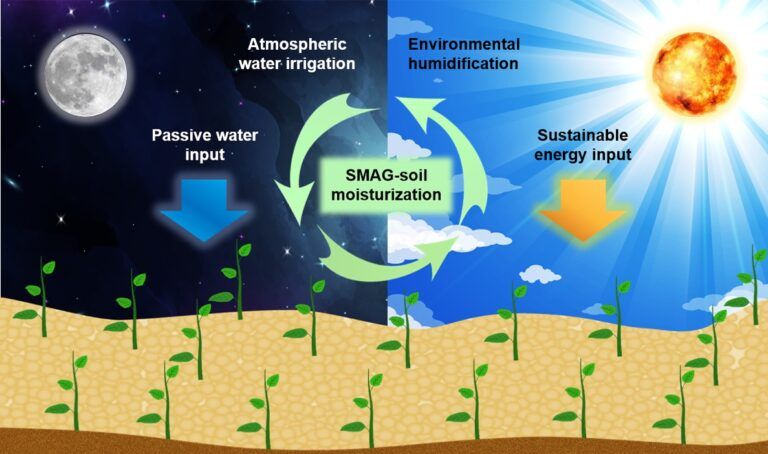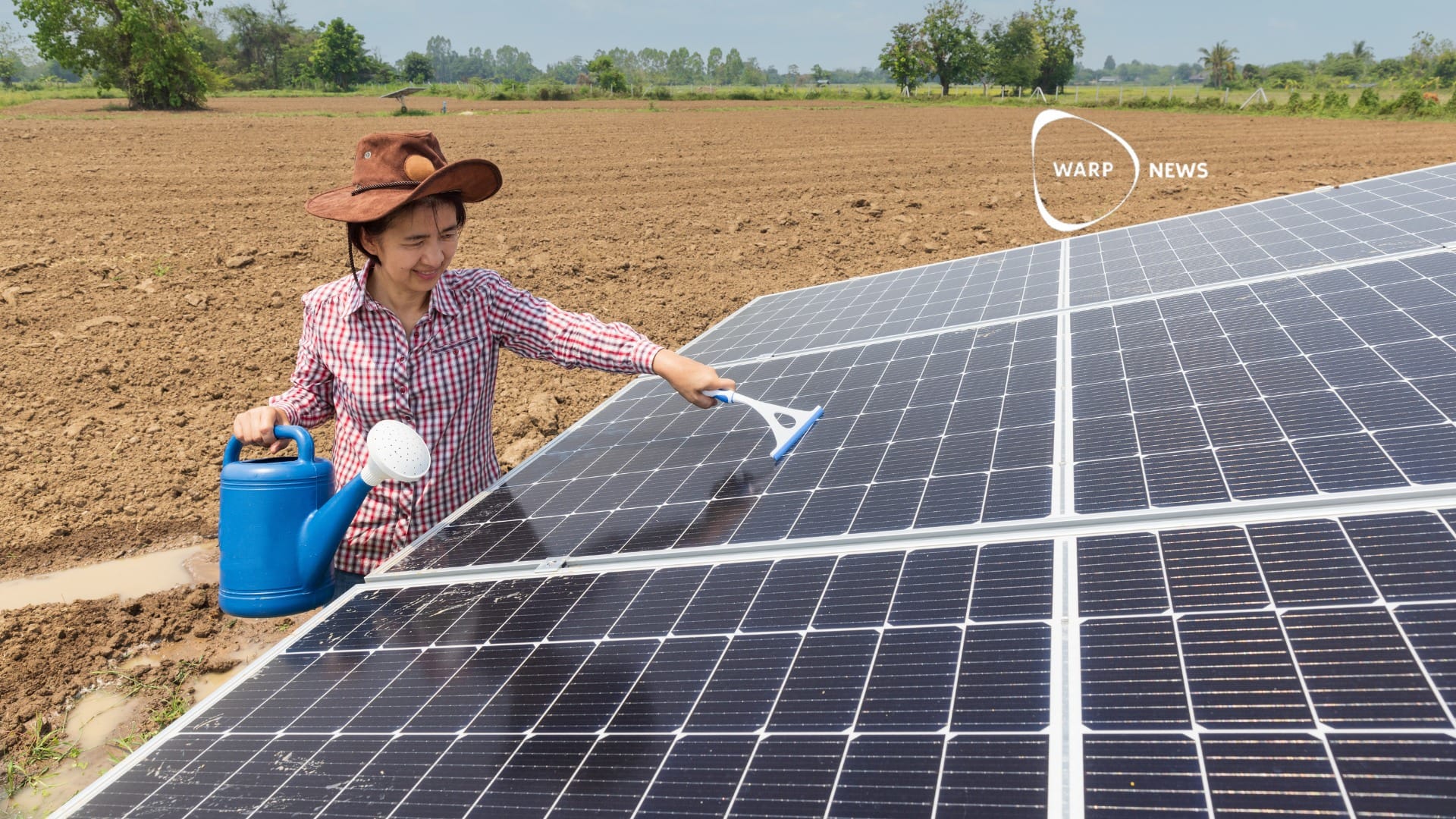
💧 The earth that sucks water directly from the air
A special kind of gel can absorb moisture during the nights and release it as water when it gets warmer during the day.
Share this story!
Water consumption is a problem for agriculture in many places. Some places are simply too dry for crops. In other places, the land is fertile, but the crops require so much irrigation that there is a shortage of water. Now, researchers at the University of Texas have invented a new kind of "earth" that can solve both problems.
It is a gel that absorbs moisture when it is cool and releases liquid when it gets hot. The gel can then absorb moisture from the atmosphere when it is a little cooler, often during the night, and then water the soil around when the temperature rises.
The gel is mixed with ordinary soil and then spread on the fields. Depending on the crop grown, 100 grams of the enriched soil may be sufficient to irrigate approximately one square meter of agricultural land.
As 20-30 percent of the earth's surface can cross the border and become areas with prolonged drought within the next few decades, this technology can save millions of people from starvation.
The researchers did an experiment in which they compared the enriched soil with a type of sandy soil that is common in dry areas. Radishes were planted here that did not get any water after planting. After two days, the radishes in the sandy soil had already died. The radishes in the enriched soil, on the other hand, survived without problems for two weeks.

"Enabling agriculture in areas where it is difficult to build irrigation systems and the electricity supply they need is the key to freeing cultivation from dependence on the increasingly difficult to find complex water supply chains," said Guihua Yu, a professor at the University of Texas and one of the researchers. behind the study.
Now it is not just agriculture that needs access to water. So the researchers are also investigating whether the gel can be used for other purposes. Among other things, they are looking at whether it can provide more access to drinking water or whether it can be used to cool solar panels.
By becoming a premium supporter, you help in the creation and sharing of fact-based optimistic news all over the world.


